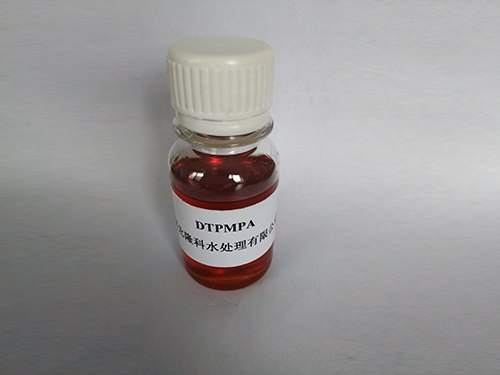types of flocculants in water treatment
Types of Flocculants in Water Treatment
Water treatment is a crucial process that ensures safe and clean water for human consumption and environmental sustainability. One of the key components in this process is the use of flocculants, which are substances that promote the clumping of particles in suspension, facilitating their removal from water. This article explores the various types of flocculants used in water treatment, highlighting their mechanisms and applications.
Natural flocculants are derived from plant or animal sources and are often biodegradable and environmentally friendly. One of the most common natural flocculants is moringa oleifera, derived from the seeds of the moringa tree. Moringa seed extracts possess positively charged proteins that bind to negatively charged particles, such as turbidity and pathogens, allowing them to aggregate and settle more easily. Other natural flocculants include alginates from brown seaweed and guar gum from guar beans, both of which are used in various water treatment applications due to their efficacy and low environmental impact.
2. Synthetic Flocculants
Synthetic flocculants are chemically manufactured and are highly effective even at low concentrations. These include polyacrylamides (PAM), which are widely used in water treatment due to their high efficiency in coagulating and settling suspended solids. PAM can be cationic, anionic, or non-ionic, with each type offering different properties for specific applications. For example, cationic polyacrylamides work best in conditions where positively charged particles need to be gathered, while anionic versions are more suited to oppositely charged particles. Their versatility makes synthetic flocculants popular in municipal wastewater treatment plants.
types of flocculants in water treatment

3. Inorganic Flocculants
Inorganic flocculants, such as aluminum sulfate (alum) and ferric chloride, have been used for decades in water treatment processes. Alum works by neutralizing the charge of suspended particles and promoting their aggregation. Ferric chloride also operates through the same mechanism but additionally provides iron, which can help in removing phosphates from water. These inorganic flocculants are particularly effective in treating drinking water and industrial wastewater, contributing to enhanced water quality.
4. Biopolymers
Biopolymers are a newer class of flocculants that combine the benefits of both natural and synthetic materials. These biodegradable polymers can be engineered to perform specific functions in water treatment, offering a sustainable alternative to traditional flocculants. Starch-based biopolymers and chitosan, derived from crustacean shells, are notable examples. They are effective in various water conditions and are less harmful to aquatic ecosystems than their synthetic counterparts.
Conclusion
The selection of an appropriate flocculant in water treatment is vital to achieving optimal results in water clarity and quality. Each type of flocculant—whether natural, synthetic, inorganic, or biopolymer—offers unique advantages that cater to specific water treatment needs. As advancements in technology and environmental awareness continue to grow, the development of eco-friendly and efficient flocculants will play a crucial role in the future of water treatment processes.
-
Water Treatment with Flocculant Water TreatmentNewsJun.12,2025
-
Polymaleic AnhydrideNewsJun.12,2025
-
Polyaspartic AcidNewsJun.12,2025
-
Enhance Industrial Processes with IsothiazolinonesNewsJun.12,2025
-
Enhance Industrial Processes with PBTCA SolutionsNewsJun.12,2025
-
Dodecyldimethylbenzylammonium Chloride SolutionsNewsJun.12,2025





